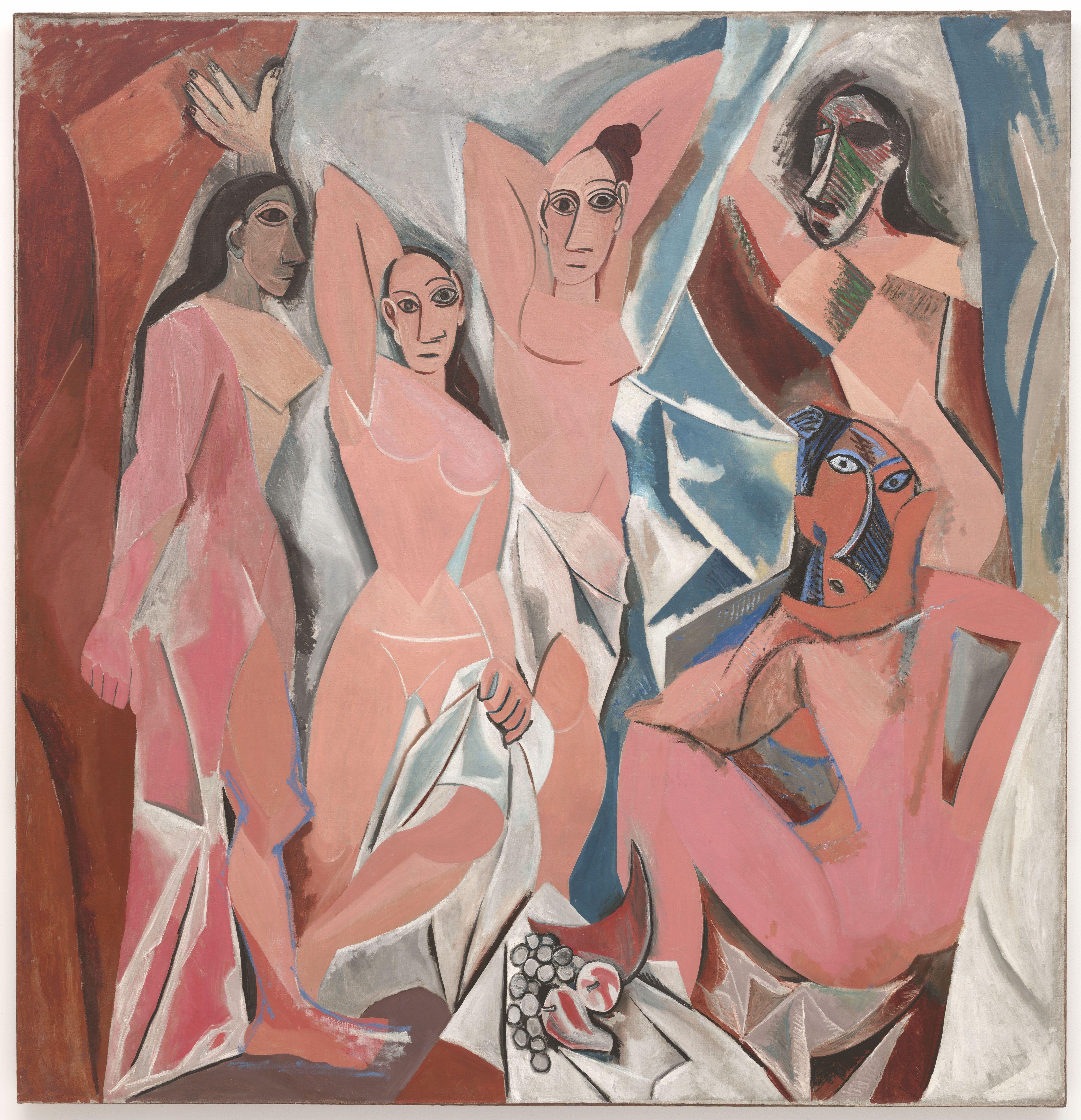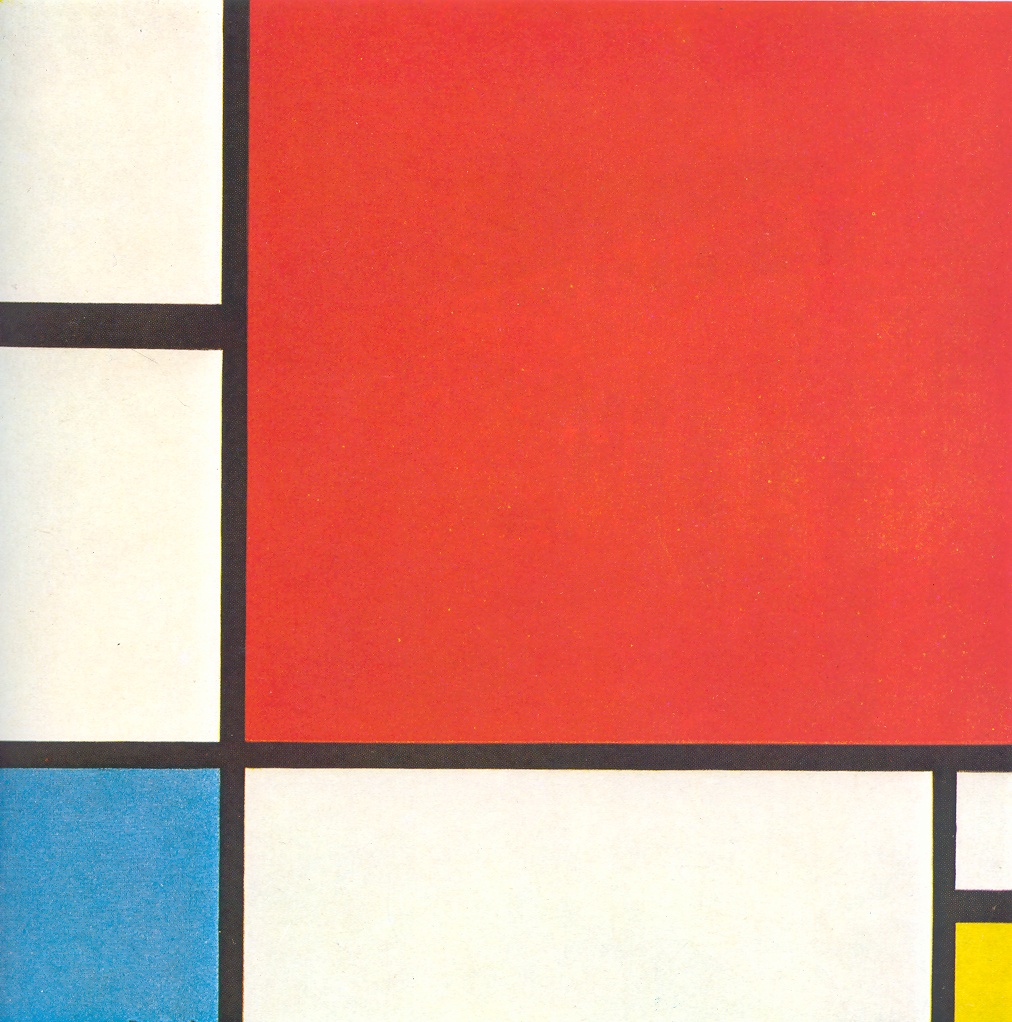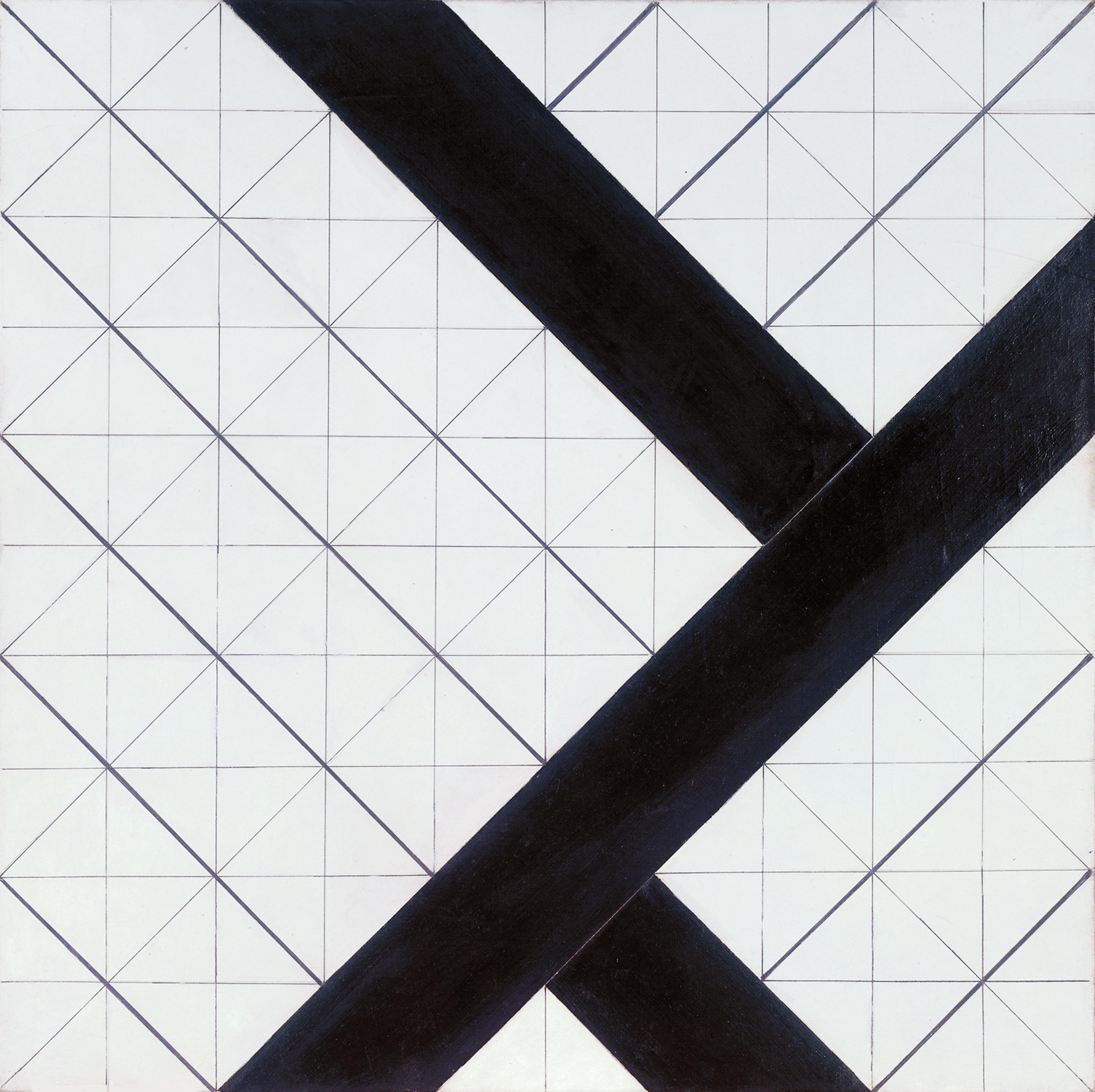Wednesday 29th March
2017
Cut canvas
I want to create another piece where the pattern flows from
one canvas (or piece of wood) to the next because this is successful and looks
more effective than it all being on one panel. If different widths of tape were
used it would be more successful because I think the same line looks dull
compared.
If I were to do this piece again I would use wooden panels
and different widths of tape. I would try a more subtle blue so it wasn’t as
bold but faint in its appearance.








